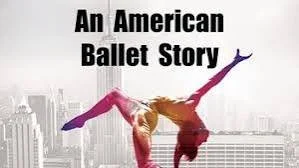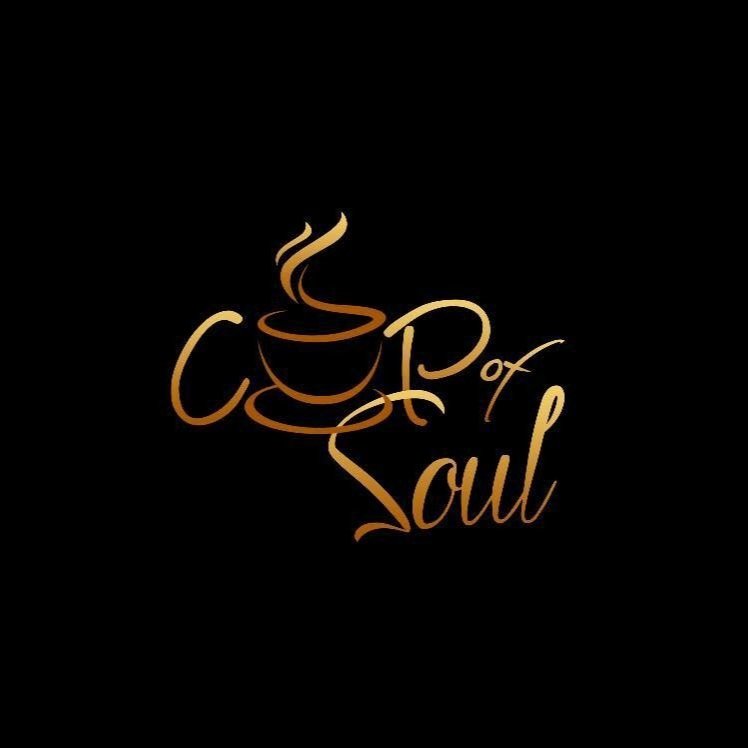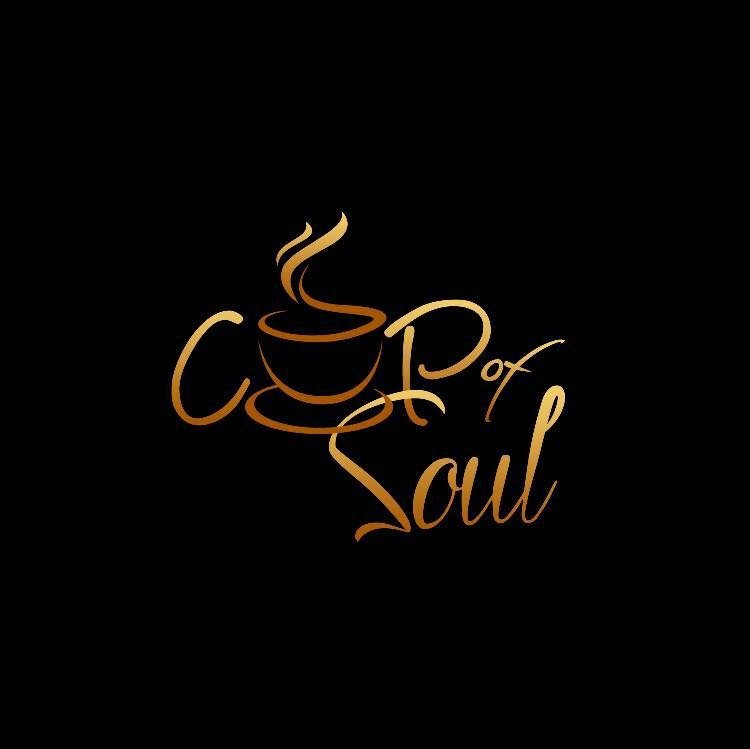
A horrid Dance Story in New York City takes place in An American Ballet Story
by Kathia Woods
Independent film An American Ballet Story traces the meteoric growth and fall of New York City's Harkness Ballet and its artistic director Rebekah Harkness. Ballet fans aren't the only ones who will like this.
It's about the ups and downs, the artistry and the business, of the dancing world. Interviews with Rebekah Harkness, other dancers, directors, choreographers, professors, students, etc. abound. They're originally from another dimension. The breadth and richness of the world are captured by director Leslie Streit.
Who owns the arts? is a question posed in An American Ballet Story. How much authority do you think they need?
When Rebekah's second husband passed away, he left her a fortune, which she used to help fund the Robert Joffrey Ballet. However, she planned to eventually usurp Joffrey's position as CEO in favor of her own. In protest, he turned and walked away. It was in 1964 that she founded the Harkness Ballet.
They found her annoying, notably New York Times reviewer Clive Barnes. A close friend of Joffrey's, he criticized Rebekah for her perceived lack of artistic ability and refined taste. In time, he became Harkness's most steadfast foe. This stain on her honor was devastating.
However, she immediately began constructing the Harkness Ballet. The following is a quote from dancer and Harkness Foundation for Dance Board of Trustees member Joan Finkelstein: "There was no greater supporter of American dance than Rebekah Harkness. In a word, she was futuristic."
With Harkness at the helm, the world saw the birth of the Harkness Ballet, two worldwide touring companies, a youth ballet with its own company, and a Broadway theater dedicated solely to dance. A dancer once joked that the 1,000 years it took to complete one international tour was accurate.
However, it appeared that there was constant strife. Six different directors were replaced in a relatively short time. However, many of the interviewees mention how the Harkness Ballet introduced them to a challenging and intriguing new world. The fact that many of the interviews are conducted orally exclusively, without any footage of the speaker, is a significant deficiency of the film. On the screen, however, there is music and dancing as well as a parade of pedestrians. Most of the footage is just unnecessary. However, there are arresting visuals to be seen. Salvador Dali's crazy antics in Barcelona. The film is better with him in it.
The video completely glosses over Rebekah's tendency toward lavish extravagance, which was one of her most distinguishing traits.
The majority of the film follows the rise of the Harkness Ballet, but the downfall of the company and the deterioration of Rebekah's own character are also depicted. Because her wealth was tied to the oil sector, the industry's decline in the 1970s was devastating to her financial stability. The film has its rough spots, but it also has some exciting sequences. Choreographer and performer Margo Sappington discusses her preparation for the short ballet Rodin mis en vie (1976). Those of us at home get to watch the ballet on TV. Both erotic and mystical qualities are present.
The final scenes of An American Ballet Story are striking and memorable.
Indeed, it is the potency of dancing.

